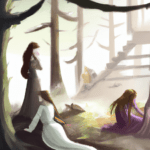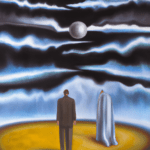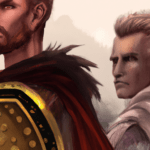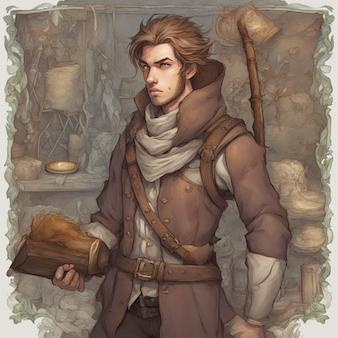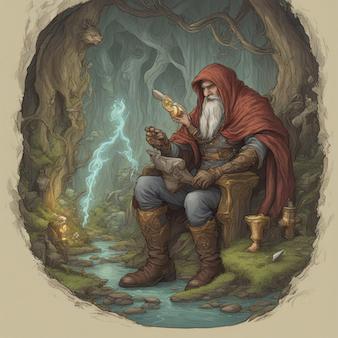One of the most essential elements of a successful fantasy story is the characters. Dynamic and unforgettable characters can elevate an average story to an extraordinary one. Readers crave characters that are relatable, unique, and have depth. In this article, we will explore how to create a dynamic fantasy cast that will capture the hearts of readers and leave a lasting impression.
Guide to Building Unforgettable Characters
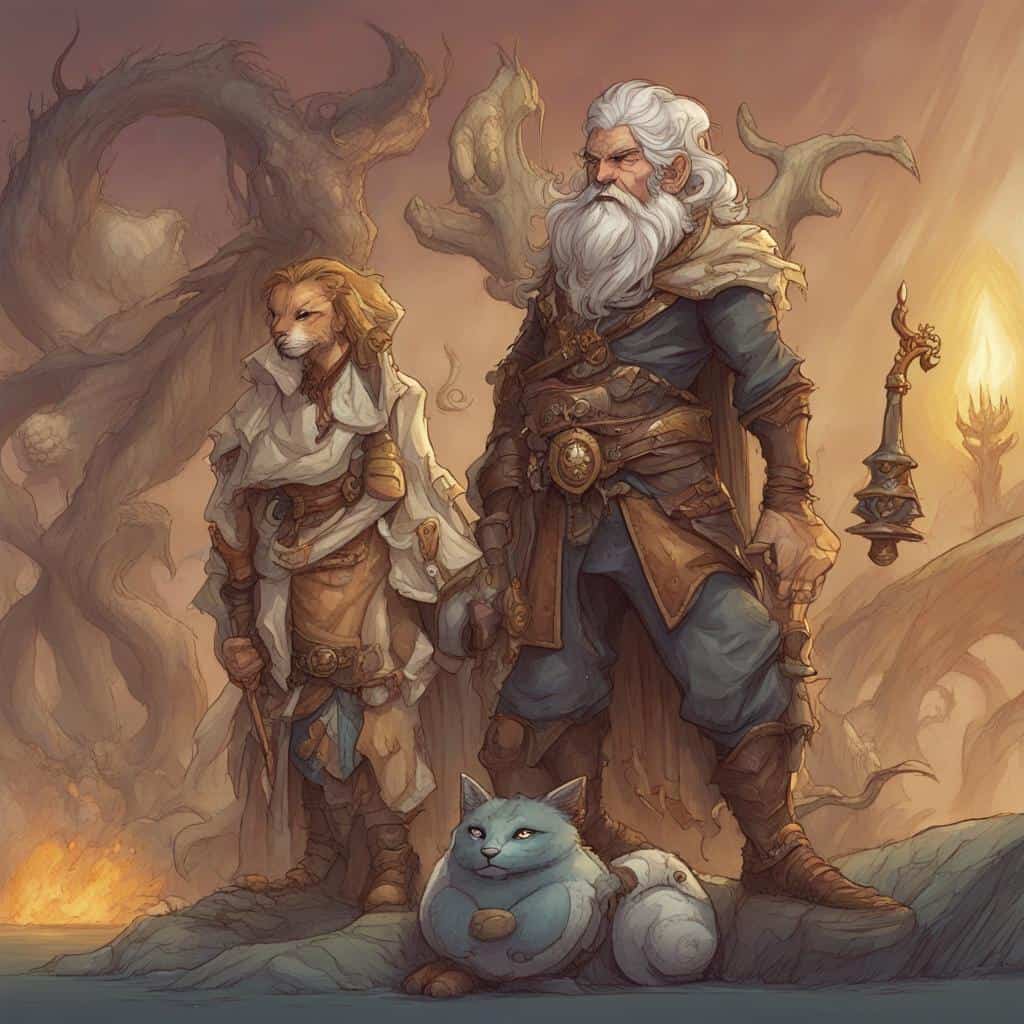
Give Your Characters Unique Personalities
The first step to creating a dynamic cast of characters is to give each one a unique personality. Avoid making characters stereotypical, and instead, give them a distinct voice and traits. To create a unique personality, ask yourself questions like:
- What motivates the character?
- What are their strengths and weaknesses?
- How do they interact with other characters in the story?
- What are their likes and dislikes?
By answering these questions, you will develop a character that is more than just a plot device. Readers will connect with the character on a personal level and invest in their journey.
Create a Backstory for Your Characters
A character’s backstory provides readers with an understanding of their past experiences and the events that have shaped their present self. A well-crafted backstory can make a character more relatable and give them depth. To create a backstory, consider:
- Where did the character grow up?
- What is their family like?
- What significant events have they experienced?
- How did they acquire their skills or abilities?
The backstory should be woven into the story seamlessly, revealing more about the character as the plot progresses.
Develop a Character Arc
A character arc is the journey a character takes throughout the story. Characters that change and grow are more memorable than those who remain stagnant. A character arc doesn’t have to be a complete personality shift, but it should be a meaningful development in the character’s journey. To create a character arc, consider:
- What flaw does the character have at the beginning of the story?
- What experiences or events will challenge the character?
- How will the character change as a result of these challenges?
- What is the end goal for the character’s journey?
By mapping out the character arc, you’ll create a character that readers will root for and invest in.
Use Dialogue to Develop Characters
Dialogue is a powerful tool for character development. The way characters speak, the words they choose, and the tone they use can reveal a lot about their personality. To create realistic and memorable dialogue, consider:
- How does the character’s personality influence the way they speak?
- What is their level of education or intelligence?
- Are they reserved or outgoing?
- What is their sense of humor?
By using dialogue to develop characters, you’ll create a richer and more nuanced cast of characters.
Avoid Stereotypes
One of the most important aspects of creating dynamic characters is avoiding stereotypes. Characters that fit into a specific mold can be predictable and boring. Avoid creating characters that are defined by a single trait, such as a grumpy old wizard or a plucky young hero. Instead, give your characters more complexity and depth.
Create Relationships Between Characters
The relationships between characters can be just as important as the characters themselves. By creating complex relationships, you’ll give readers a reason to care about the characters and invest in their journey. To create realistic relationships, consider:
- What is the history between the characters?
- What are the conflicts or challenges in the relationship?
- How do the characters interact with each other?
- How do the relationships change over the course of the story?
By creating relationships that feel authentic and meaningful, you’ll make the characters more relatable and memorable.
Use Flaws to Make Characters More Interesting
Characters with flaws are more interesting and relatable than characters who are perfect in every way. Flaws make characters feel more human, and they give readers a reason to invest in their journey. A character’s flaws can also be the source of conflict and tension in the story. To create flaws for your characters, consider:
- What are their weaknesses?
- How do these weaknesses impact their journey?
- What are the consequences of their flaws?
By giving your characters flaws, you’ll make them more interesting and create opportunities for growth and development.
Develop a Unique Appearance
A character’s appearance can be just as important as their personality and backstory. A unique appearance can make a character stand out and be more memorable. To create a unique appearance, consider:
- What is their physical build?
- What is their fashion style?
- What distinguishing features do they have?
- How do their physical characteristics reflect their personality?
By creating a unique appearance, you’ll give readers a visual image of the character and make them more memorable.
Create Diversity in Your Cast
Diversity in your cast of characters can make your story more interesting and relatable. By creating a diverse cast, you’ll appeal to a wider range of readers and showcase different perspectives and experiences. To create diversity, consider:
- What is the background of your characters?
- What is their ethnicity or race?
- What is their gender?
- What is their socioeconomic status?
- Who is their love interest?
By creating a diverse cast, you’ll make your story more inclusive and reflective of the real world.
Creating a dynamic cast of characters is essential to a successful fantasy story. By giving your characters unique personalities, backstories, and flaws, you’ll create a cast that is relatable, interesting, and memorable. Using dialogue and relationships to develop characters, and creating a diverse cast will help make your story more inclusive and reflective of the real world. By following these tips, you’ll be on your way to creating unforgettable characters that readers will love.
Keywords: characters, fantasy, backstory, character arc, dialogue, stereotypes, relationships, flaws, appearance, diversity, unforgettable characters, crafting unforgettable characters, creating unforgettable characters, how to create unforgettable characters, ways to create unforgettable characters, unforgettable characters guide, unforgettable characters creations, writing unforgettable characters, how to write unforgettable characters
Check out our Novel Writing Workbooks
Check out Little Tree Food Forest for articles on food forests and homesteading.
Check out FoodieScapes for articles on growing, fermenting and preserving food
Check out StoryScapes.World for articles on writing.
Subscribe to our newsletter to get information delivered to your inbox on how to write a book, outlining your novel, keeping journals, marketing your novel, self-publishing, writing poetry and more.



